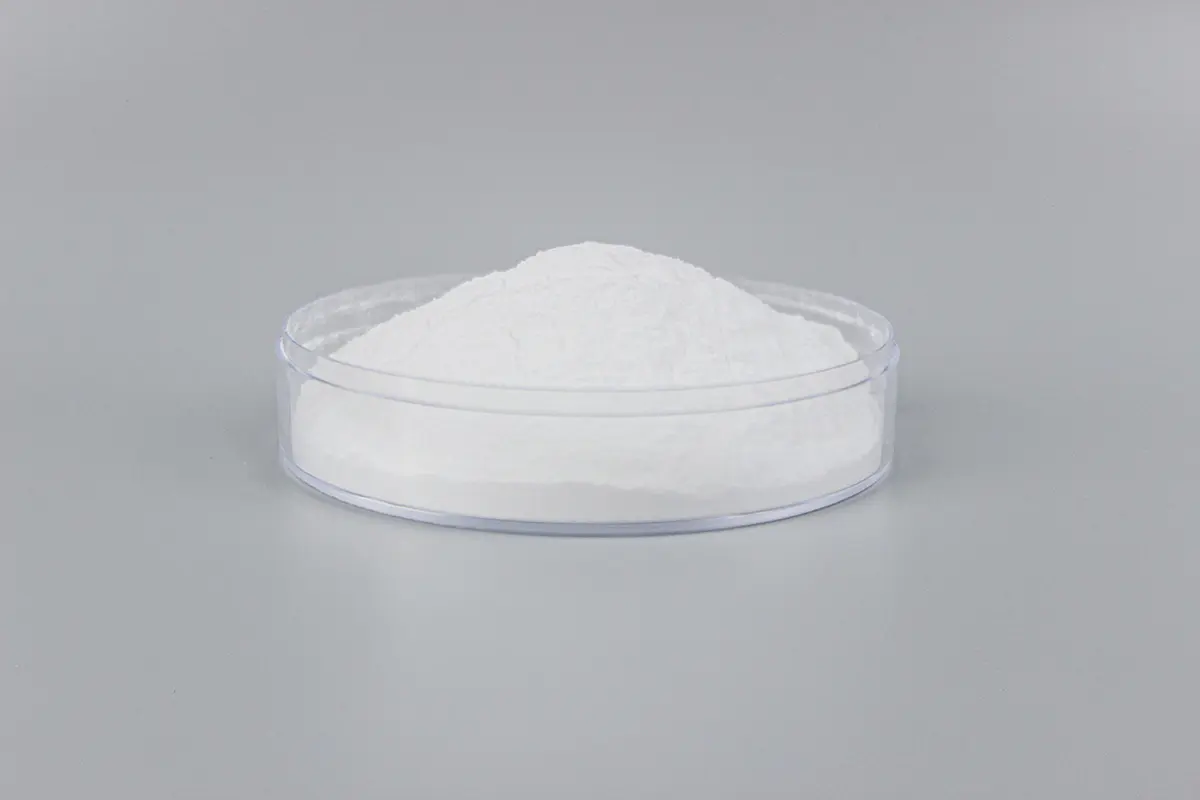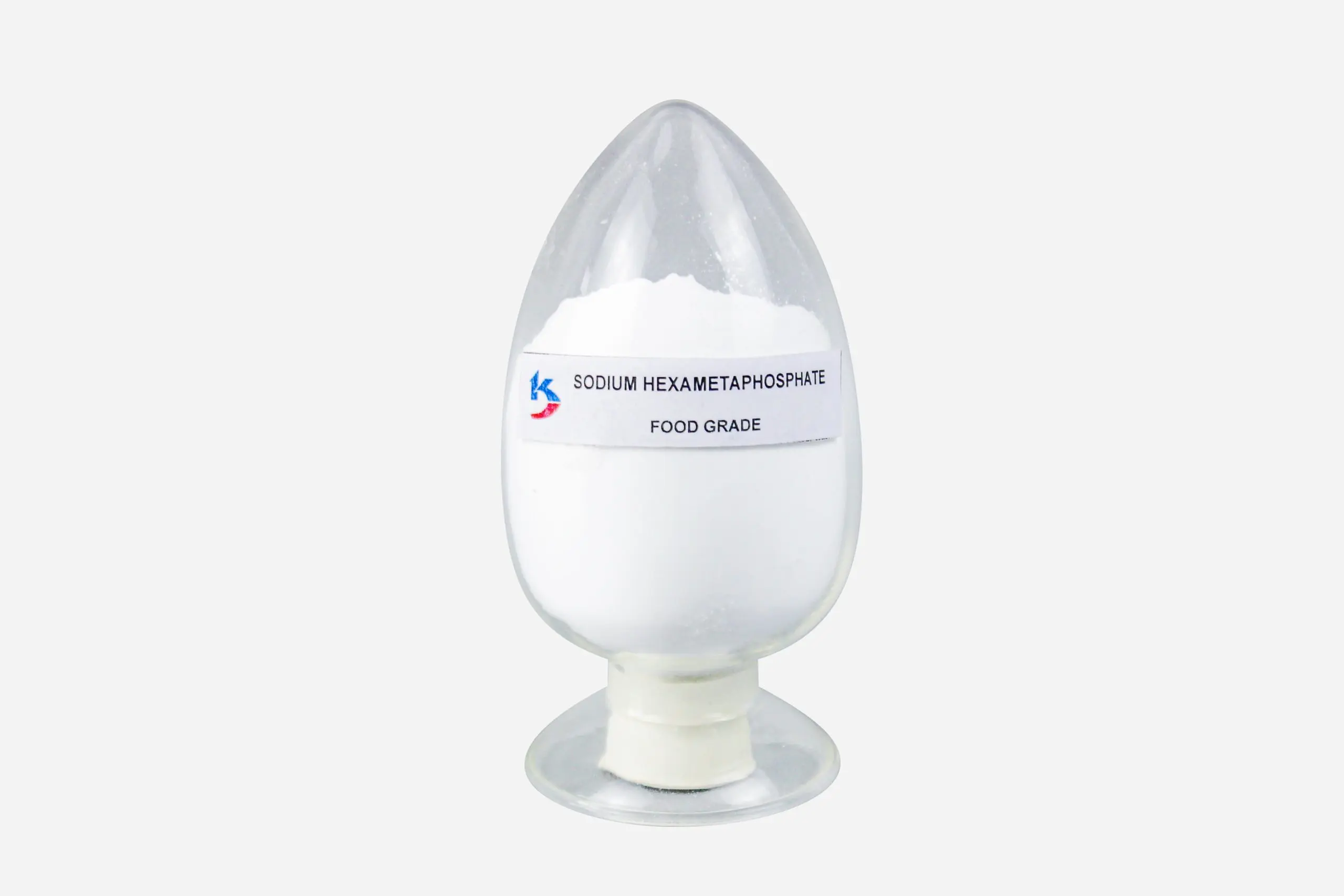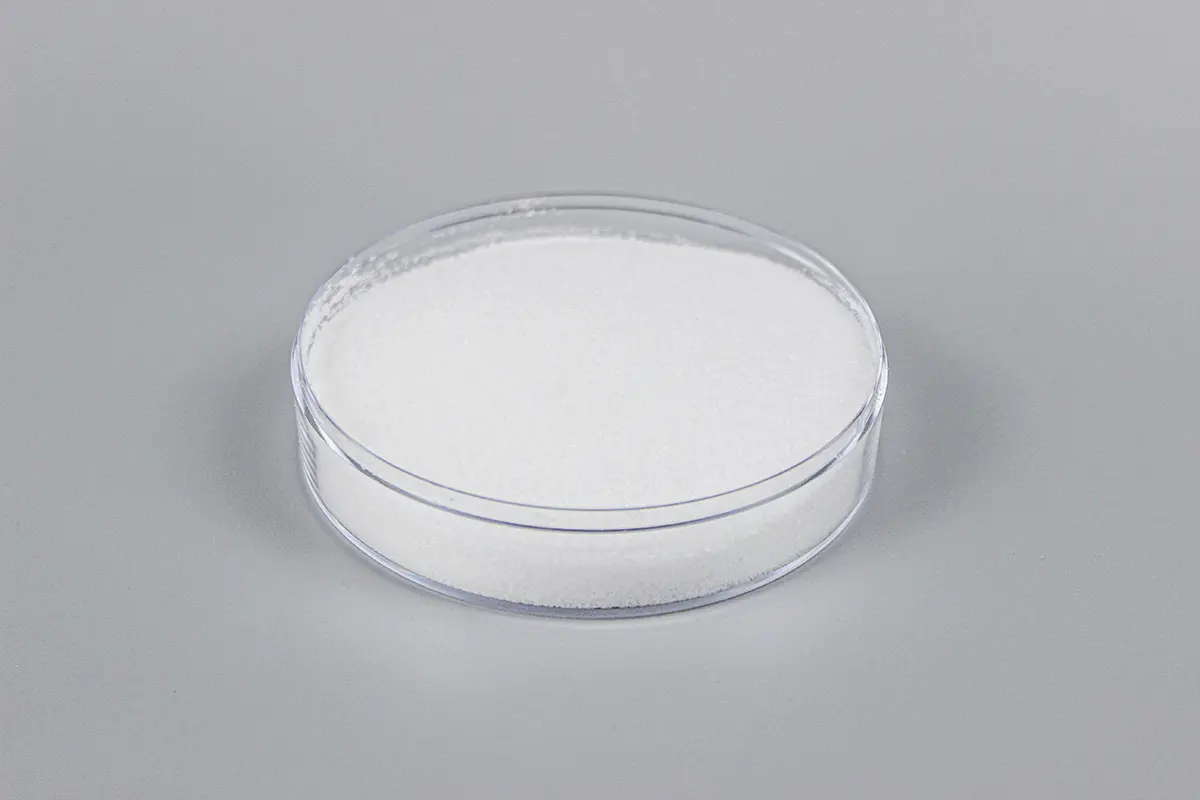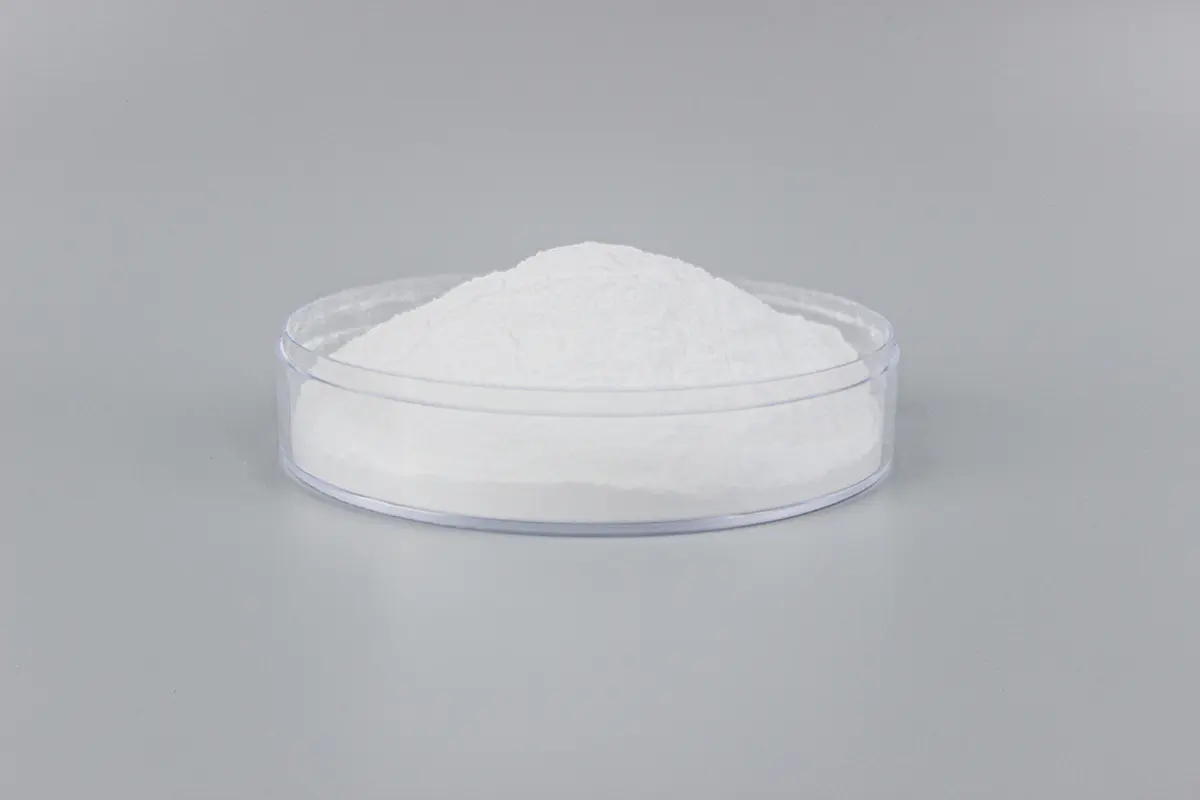Have you ever wondered what gives your favorite soft drinks that subtle tang or helps keep them fresh? Chances are, trisodium citrate or sodium citrate plays a vital role. This article dives deep into the world of these fascinating compounds, exploring their crucial functions in the beverage industry and beyond. Understanding their use can help you make informed decisions about the products you consume and appreciate the science behind your favorite citrate-containing drinks. Whether you’re curious about citrate dihydrate or the anhydrous form, this guide is your one-stop resource.
Decoding Citrate: What is Trisodium Citrate?
Trisodium citrate, also known as sodium citrate, is a salt of citric acid. Think of it like the result of a friendly meeting between citric acid and sodium hydroxide or carbonate. This compound is soluble in water, making it incredibly useful in various applications. But what exactly does it do in your beverage? Let’s explore its primary functions and why it’s so widely used.
Why is Trisodium Citrate in My Soft Drinks? Understanding its Role
You’ll often find trisodium citrate listed as an ingredient in your favorite soft drinks. But it’s not just there for show! One of its main jobs is to act as a buffer. A buffer helps to maintain a stable pH level. In carbonated beverages, this is crucial to prevent them from becoming too acidic, ensuring a pleasant drinking experience. Without a buffering agent like trisodium citrate, your soda might taste much harsher.
Citrate Anhydrous vs. Dihydrate: What’s the Difference in Food and Beverage?
You might encounter both citrate anhydrous and dihydrate forms. The term "anhydrous" means without water, while "dihydrate" indicates the presence of two water molecules. While both forms serve similar purposes, the anhydrous form is often preferred in applications where moisture content needs to be strictly controlled, such as in certain powdered beverages and drink mixes. The citrate dihydrate form is also often used, particularly when the presence of water isn’t a critical factor.
Beyond Acidity: How Else is Citrate Used in the Food and Beverage Industries?
The uses of citrate extend far beyond simply controlling acidity. Sodium citrate is also used as a preservative, helping to extend the shelf life of products by inhibiting the growth of unwanted microorganisms. Furthermore, citrate is also used as a flavoring agent, providing a subtle tart flavor that complements many beverage formulations. Think of it as a subtle enhancer, bringing out the best in other flavors.
Trisodium Citrate Anhydrous: Is it Different in Food Applications?
Trisodium citrate anhydrous is frequently employed in food applications where a dry, free-flowing ingredient is needed. Its lack of bound water makes it ideal for dry mixes and tablet formulations. In the food industry, it serves the same primary functions as the dihydrate form – acting as a buffer, preservative, and even contributing to the overall flavor profile.
Industrial Applications of Sodium Citrate: Are There Uses Beyond Food?
While sodium citrate is chiefly used as a food additive, its versatility extends to industrial applications as well. It can be found in certain cleaning products and even in medical applications. Its ability to sequester metal ions makes it useful in various chemical processes. This shows that the use of sodium citrate is quite broad.
Exploring Food Applications: Where Else Can You Find Citrate?
Citrate is a versatile ingredient found in a wide array of food applications. Besides soft drinks, you might find it in cheeses (where it helps the cheese to melt without separating), processed meats, and even some baked goods. Its buffering and emulsifying properties make it a valuable tool for food manufacturers. It’s truly widely used in the food industry.
Applications in Food: What About its Role in Food Supplements?
Sodium citrate is also found in some food supplements. Here, it can serve as a source of sodium and contribute to the overall palatability of the supplement. It can also act as a buffering agent in these formulations, ensuring the stability and effectiveness of the active ingredients. This highlights another key aspect of its functionality.
The Use of Sodium Citrate: Is it Safe and What are the Benefits?
Sodium citrate is generally considered safe when used in normal quantities in food and beverages. It’s a naturally occurring compound found in citrus fruits, and our bodies are well-equipped to handle it. The benefits include improved taste and texture in foods, extended shelf life, and the maintenance of stable pH levels in beverages. The effect of trisodium citrate is largely positive in these applications.
Use of Sodium: How Does Sodium Citrate Contribute to Sodium Intake?
It’s important to remember that sodium citrate contains sodium. While the amount in a typical serving of a beverage is usually not significant, individuals monitoring their sodium intake should be aware of all sources of sodium in their diet. Understanding the use of sodium in various food additives is crucial for making informed dietary choices.
| Property | Trisodium Citrate | Sodium Citrate |
|---|---|---|
| Chemical Formula | Na3C6H5O7 | Generally refers to Trisodium Citrate (Na3C6H5O7) |
| Primary Function in Beverages | pH regulator, buffer | pH regulator, buffer |
| Other Uses | Preservative, flavoring agent, emulsifier | Preservative, flavoring agent, emulsifier |
| Forms Available | Anhydrous, Dihydrate | Anhydrous, Dihydrate |
Think of Mark Thompson, our persona – as a company owner and procurement officer, he understands the importance of consistent quality and cost-effectiveness. When sourcing ingredients like sodium citrate for his manufacturing processes (perhaps for contact assemblies where certain solutions are used in the cleaning process), he prioritizes suppliers who can guarantee purity, adherence to standards (like RoHS compliance), and reliable delivery. He might find suppliers through exhibitions or online searches, carefully evaluating their certifications and quality control measures. His pain points, like inefficient communication and shipment delays, highlight the need for clear and dependable partnerships with suppliers like us at Allen’s factory in China.

As a factory specializing in electrical contacts and precision machined components, while we don’t directly produce sodium citrate, we understand the importance of high-quality chemical compounds in various industrial processes. For instance, cleaning solutions used in the manufacturing of our contact rivets might contain similar buffering agents to ensure optimal performance. Our focus on high-quality materials and precise dimensions mirrors the standards expected for food-grade additives like sodium citrate.
Let’s consider some specific examples:
- In carbonated soft drinks, trisodium citrate helps maintain the desired pH, preventing the drink from becoming overly acidic and unpalatable.
- In the production of certain varieties of club soda, sodium citrate can be added to modify the flavor profile.
- As a widely used emulsifying salt, sodium citrate helps emulsify fats, preventing separation in processed foods like certain cheeses.
- In some instant beverages, citrate can contribute to the overall taste and stability of the product.
From my perspective as Allen, running a factory in China, I often see firsthand the demand for consistent, high-quality materials. Just as manufacturers of beverages and drink mixes rely on reliable sources for trisodium citrate, our customers in the electronics and automotive industries depend on us for dependable electrical contact tips and CNC machining parts. The key concerns are often the same: quality inspection, adherence to certifications, and ensuring dimensional accuracy.

Interestingly, the principles of quality control and material science apply across different industries. The precision required for our bimetal contact rivet production is akin to the purity standards demanded for food additives like sodium citrate. Just as a food manufacturer needs to ensure the trisodium citrate is listed accurately on the ingredient label, we meticulously document the composition of our silver alloy wires.
You might also be interested in other related compounds we offer, such as Sodium Bicarbonate, often used in conjunction with citric acid to create fizzing reactions, or Citric Acid, the very acid from which sodium citrate is derived. Understanding the properties of Potassium Citrate can also provide further insight into the family of citrate salts.

Adding sodium citrate to a formulation can have several effects. It can modify the pH, act as an antioxidant in some cases, and even contribute a slightly salty taste. The specific impact depends on the concentration and the other ingredients present. It’s a versatile tool in the hands of food scientists and beverage formulators.
The process of creating sodium citrate involves neutralizing citric acid with sodium hydroxide or carbonate. This simple chemical reaction yields the sodium salt of citric acid, ready to be used in various applications. The availability of both the anhydrous and dihydrate forms allows for flexibility in formulation.

In conclusion, trisodium citrate and sodium citrate are essential ingredients in the beverage industry, playing crucial roles in maintaining pH, acting as preservatives, and even contributing to flavor. Their versatility extends to various food applications and even some industrial uses. Understanding their function helps us appreciate the science behind our favorite drinks and food products.
Key Takeaways:
- Trisodium citrate and sodium citrate are salts of citric acid widely used in the beverage industry.
- They act primarily as buffers to maintain stable pH levels, especially in carbonated beverages.
- Citrate also functions as a preservative and flavoring agent.
- Both anhydrous and dihydrate forms are available, each suited for specific applications.
- Sodium citrate is employed in various food applications beyond beverages, including cheeses and processed meats.
- While safe in normal quantities, it’s important to be mindful of the sodium content for those monitoring their intake.
- The use of sodium citrate is a testament to the power of chemistry in shaping the food and beverages we consume.
Post time: Jan-15-2025










